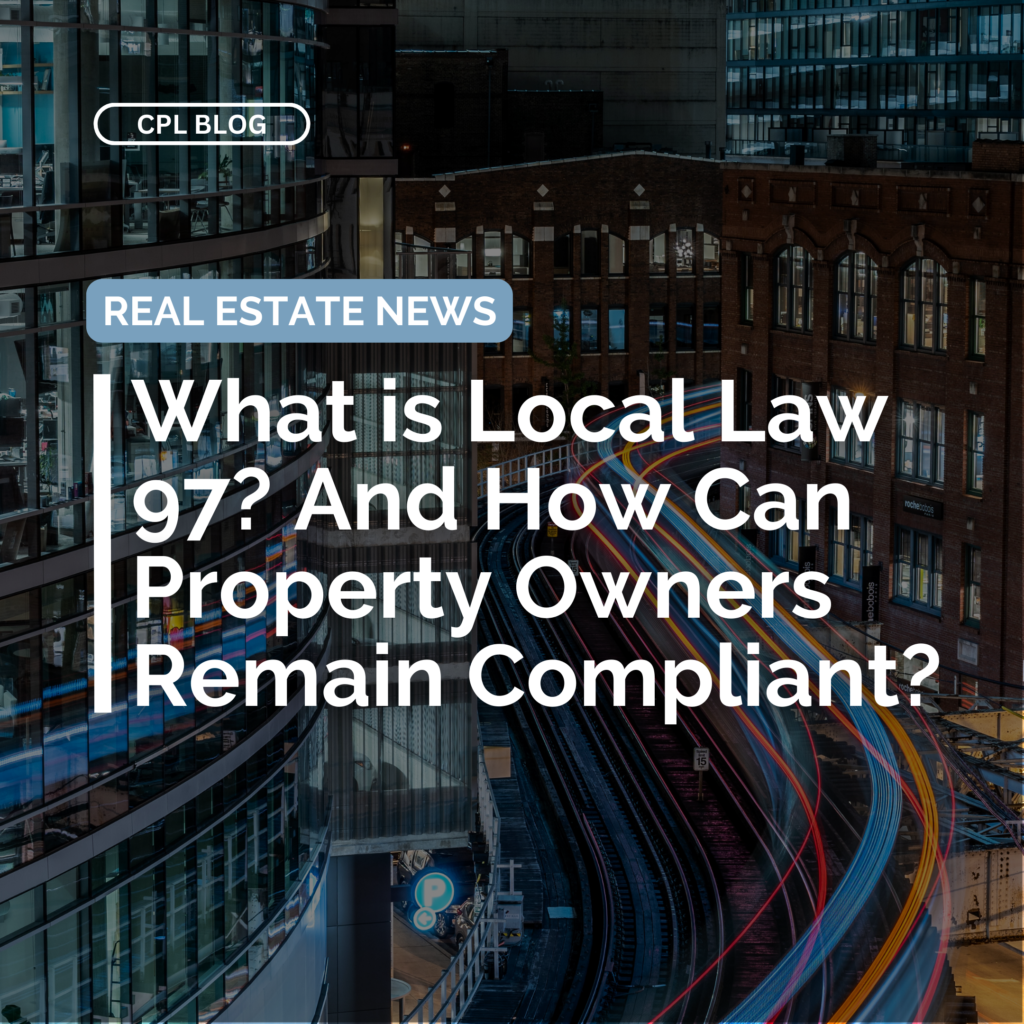Local Law 97 is a plan for reducing emissions. Local Law 97 was included in the Climate Mobilization Act, passed by the City Council in April 2019 as part of the Mayor’s New York City Green New Deal.
Under this groundbreaking law, most buildings over 25,000 square feet will be required to meet new energy efficiency and greenhouse gas emissions limits by 2024, with stricter limits effective 2030. The goal is to reduce the emissions produced by NYC’s largest buildings by 40% by 2030 and 80% by 2050. The law also established the Local Law 97 Advisory Board and Climate Working Groups to advise the City on how best to meet these aggressive sustainability goals.
Local Law 97 generally covers, with some exceptions:
- Buildings that exceed 25,000 gross square feet;
- Two or more buildings on the same tax lot that together exceed 50,000 square feet;
- Two or more buildings owned by a condo association that are governed by the same board of managers and that together exceed 50,000 square feet.
What can property owners do to ensure compliance?
Low-interest loans are available through a new Property Assessed Clean Energy (PACE) program to finance energy efficiency and green energy.
What will happen to non-compliant properties?
If a building is not up to code according to the DOB, building owners of all kinds(including cooperatives and condominiums), will see millions of dollars in fines. The City estimates that about 20-25% of buildings will exceed their emissions limits in 2024, if they take no action to improve their building’s performance. In 2030, if owners take no action to make improvements, approximately 75-80% of buildings will not comply with their emission limits. Non-compliant property owners may also face obstacles in obtaining loans, as banks will be wary of lending to properties that may be on the hook for steep fines.
Furthermore, starting in May of 2025, building owners are required to file a report with the Department of Buildings detailing their annual greenhouse gas emissions, and certified by a registered design professional, stating that either the building has complied with the emissions limit or exceeded it. The penalty for knowingly making a material false statement in a submission shall be a misdemeanor, and the building owner shall be subject to a fine of not more than $500,000 or imprisonment of not more than 30 days or both and may also be liable for a civil penalty of not more than $500,000.

